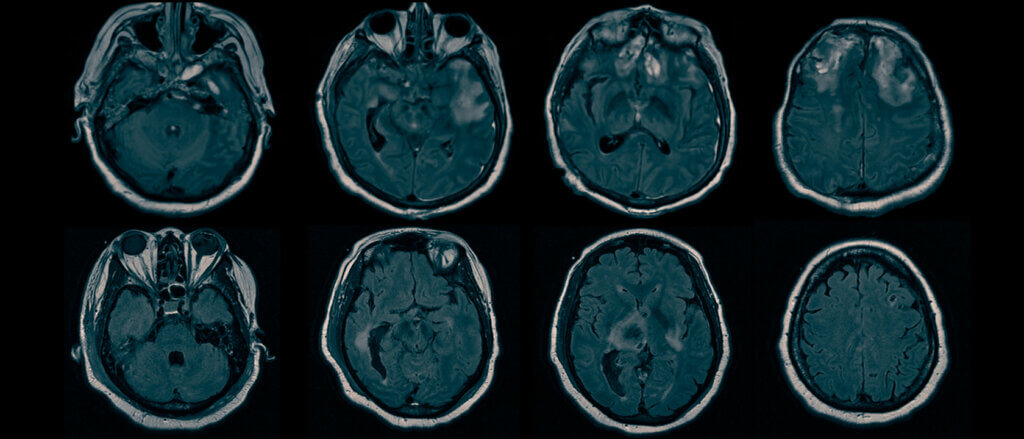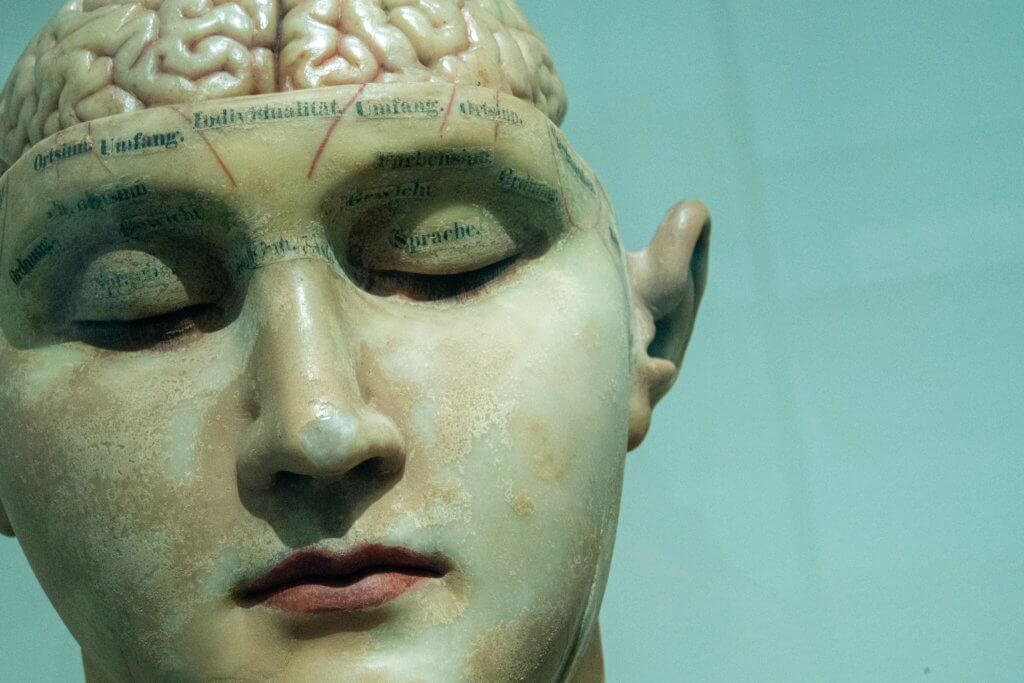Researchers at Columbia University have unveiled findings that provide insight into the enigmatic phenomenon known as hidden consciousness. Brain-injured patients who exhibit this phenomenon appear unconscious as they can’t respond to simple commands despite having some awareness.
Dr. Jan Claassen, the study’s leader and an associate professor of neurology at Columbia University’s Vagelos College of Physicians and Surgeons, explains that these patients can comprehend verbal commands but are hindered by brain injuries from executing them. This revelation could greatly assist physicians in rapidly identifying patients with hidden consciousness and better forecasting their chances of recovery through rehabilitation.
The condition, termed cognitive motor dissociation (CMD), affects 15% to 25% of patients who have incurred brain injuries due to varied causes such as head trauma, brain hemorrhage, or cardiac arrest.
“We saw that all of the CMD patients had deficits in brain regions responsible for integrating comprehended motor commands with motor output, preventing CMD patients from acting on verbal commands,” Claassen says in a statement.
Previous studies led by Claassen utilized EEG to pinpoint subtle brainwaves, which were identified as strong indicators of hidden consciousness and the potential for recovery in patients who were unresponsive.
In the recent research, the EEG technique was employed on 107 patients with brain injuries to gauge their attempt to obey commands like “keep opening and closing your right hand.” CMD was discerned in 21 of these patients.

With the use of structural MRI scans and a specialized technique known as bi-clustering analysis, the research team discerned patterns of brain injury characteristic to patients with CMD. The results emphasized that these patients had fully functional brain structures responsible for arousal and command comprehension, reinforcing the idea that they were capable of understanding commands but impaired from acting on them.
Although further studies are necessary for clinical applications, the current findings point towards the potential use of widely accessible structural brain imaging to detect hidden consciousness, offering a simpler diagnostic route for units lacking the required expertise or equipment for EEG screenings.
Understanding Consciousness and Medical Breakthroughs
Consciousness, at its core, is the state of being aware of one’s surroundings, thoughts, and feelings. Despite being a central aspect of human existence, its true nature and origins remain one of science’s biggest mysteries.
However, over the past decades, significant strides have been made in the medical field regarding consciousness:
- Brain Mapping: Neuroscientists have started to map the brain to understand which parts are active when we are conscious. Advanced tools like fMRI and PET scans have allowed researchers to see the brain “in action.”
- The Claustrum: Studies have indicated the claustrum, a thin layer of neurons deep within the brain, as potentially pivotal in coordinating consciousness.
- Brain Waves: As highlighted by Dr. Claassen’s research, the study of brain waves through EEG has become instrumental in understanding consciousness levels, especially in patients with brain injuries.
- Anesthesia and Consciousness: By studying the brain’s activity under anesthesia, scientists hope to comprehend what exactly changes when we lose and regain consciousness.
While consciousness remains a complex and elusive topic, medical advancements continue to unravel its intricate layers, aiding in both the philosophical and practical understanding of the self and the human brain.












